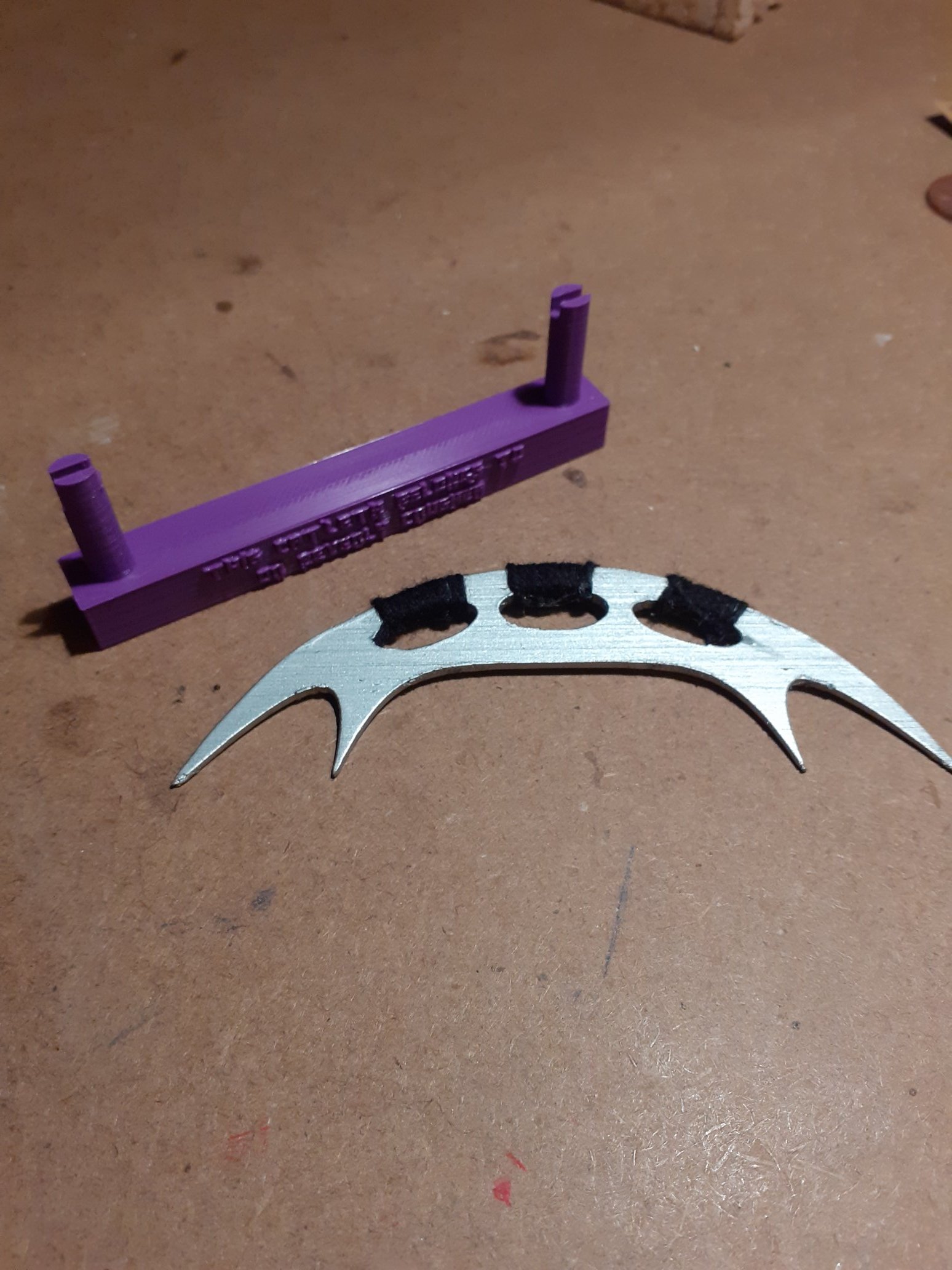For those that haven’t read the earlier post, I tried making Tom Langhorne’s guess at the ideal 16th century Highland survival ration, the idea being to test his reasonable claim that they would stay good to eat, unrefrigerated, for months or years.
And a little over two month in, we’re doing some microbiology stuff at work and I have a spare agar plate for growing a broad range of microorganisms, so I’ve taken a swab from both the outside and the inside of one of the bannocks, which have been sitting on a shelf at room temperature, wrapped in baking paper and tied with string.

The top half is from the outside of the bannock, the bottom half is from the inside, where I broke a chunk off about the side of a standard 2×4 Lego brick. This has had a week to grow at room temperature. When we take general environmental swabs (light switches, phones, doorhandles and so on) we normally get very obvious results in a few days, but I left this one going longer as there wasn’t much.
The big fuzzy splotch near the bottom is probably some kind of mould, likely the kind of thing you find on bread or cheese that’s starting to go off. The neat little round circles are probably streptococcus or staphylococcus, bacteria commonly found on human skin or in the mouth and throat. They may be there because I contaminated the plate while swabbing it, I didn’t do it in proper lab conditions….or they may have been on the bannock as a result of me handling them two months ago.
But long story short, this is a far lower level of microorganisms than I’d expect to see from a similar experiment with, say, a computer keyboard. And people touch those the whole time, then eat a sandwich with their hands, and don’t get food poisoning. So far, so good, as far as edibility goes?
Disclaimer: I’m not a microbiologist. This experiment isn’t set up to look for specific food-poisoning pathogens (in fact it’s designed to avoid growing them for safety reasons), but it should pick up any large growth of generic bacteria, along with the usual collection of spores, moulds and fungus…
Don’t try this at home unless you want to suffer any gastric consequences.

























